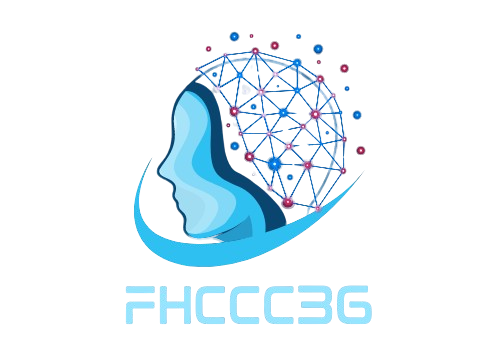Web designing is an essential discipline in the modern digital landscape. It involves more than just creating attractive websites; it’s about crafting digital experiences that are engaging, user-friendly, and aligned with specific goals. This article explores the core principles http://zunnoon.com/ of web designing, its evolution over time, current trends, and future directions.
The Fundamentals of Web Designing
Web designing encompasses several critical components:
- Visual Design: This aspect focuses on the aesthetics of a website. It includes elements such as color schemes, typography, images, and layout. Effective visual design not only attracts visitors but also reinforces brand identity and improves usability.
- User Experience (UX) Design: UX design is centered around the overall experience a user has when interacting with a website. It involves creating intuitive navigation, ensuring content accessibility, and designing user journeys that are smooth and purposeful.
- User Interface (UI) Design: UI design pertains to the interactive elements of a website, such as buttons, forms, and menus. It ensures that these elements are both functional and aesthetically pleasing, contributing to a seamless user experience.
- Responsive Design: In today’s multi-device world, responsive design is crucial. It ensures that a website performs well on various devices and screen sizes by using flexible grids, fluid images, and media queries. This approach provides a consistent user experience across desktops, tablets, and smartphones.
The Evolution of Web Designing
The field of web designing has evolved significantly over the years:
- Early Web (1990s): The early web was characterized by basic HTML pages with minimal styling. Websites were primarily text-based and lacked advanced design elements.
- CSS and Flash Era (2000s): The introduction of Cascading Style Sheets (CSS) allowed for more sophisticated and visually appealing designs. Adobe Flash brought dynamic animations and multimedia features but eventually declined due to performance issues and security vulnerabilities.
- Responsive Design (2010s): With the rise of mobile internet usage, responsive design became essential. Websites needed to adapt to various screen sizes, leading to the development of flexible layouts and improved mobile experiences.
- Modern Web Design (2020s-Present): Today’s web design focuses on creating interactive and engaging experiences. This includes the use of animations, microinteractions, and personalized content to enhance user engagement and satisfaction.
Current Trends in Web Designing
Several trends are currently influencing web design:
- Minimalism: Minimalist design emphasizes simplicity and clarity. It uses clean lines, ample whitespace, and a limited color palette to create a focused and user-friendly interface.
- Dark Mode: Dark mode has gained popularity for its aesthetic appeal and reduced eye strain. It also helps save battery life on OLED screens and provides a modern look.
- Microinteractions: Microinteractions are small, subtle animations that respond to user actions, such as hovering or clicking. They provide feedback, guide users, and make the website feel more interactive.
- Asymmetrical Layouts: Asymmetrical layouts break away from traditional grid structures to create a dynamic and visually interesting design. This trend adds uniqueness and helps capture user attention.
- Bold Typography: Using large, distinctive fonts helps highlight key content and create visual impact. Bold typography enhances readability and contributes to the overall design.
- Personalization: Tailoring content based on user behavior and preferences increases relevance and engagement. Personalized experiences make websites more appealing and user-centric.
The Future of Web Designing
Looking ahead, several emerging trends and technologies are likely to shape the future of web designing:
- Artificial Intelligence (AI): AI is transforming web design with tools that offer automated design suggestions, predictive analytics, and personalized user experiences. AI can streamline design processes and enhance creativity.
- Augmented Reality (AR) and Virtual Reality (VR): AR and VR technologies provide new opportunities for creating immersive and interactive web experiences. These technologies can transform user interactions and offer engaging digital environments.
- Voice User Interface (VUI): With the growing use of voice-activated devices, integrating voice interactions into web design will become increasingly important. VUI allows for hands-free, accessible interactions and adds a new dimension to user experience.
- Sustainability: There is a growing emphasis on sustainable web design practices. This includes optimizing performance to reduce energy consumption and adopting eco-friendly design principles.
Conclusion
Web designing is a multifaceted field that combines creativity and technical expertise to build effective and engaging digital experiences. From its origins in simple HTML to today’s sophisticated, interactive designs, web designing continues to evolve in response to technological advancements and changing user needs. By staying abreast of current trends and anticipating future developments, web designers can create websites that are not only visually appealing but also functional, user-friendly, and impactful in an ever-changing digital world.
